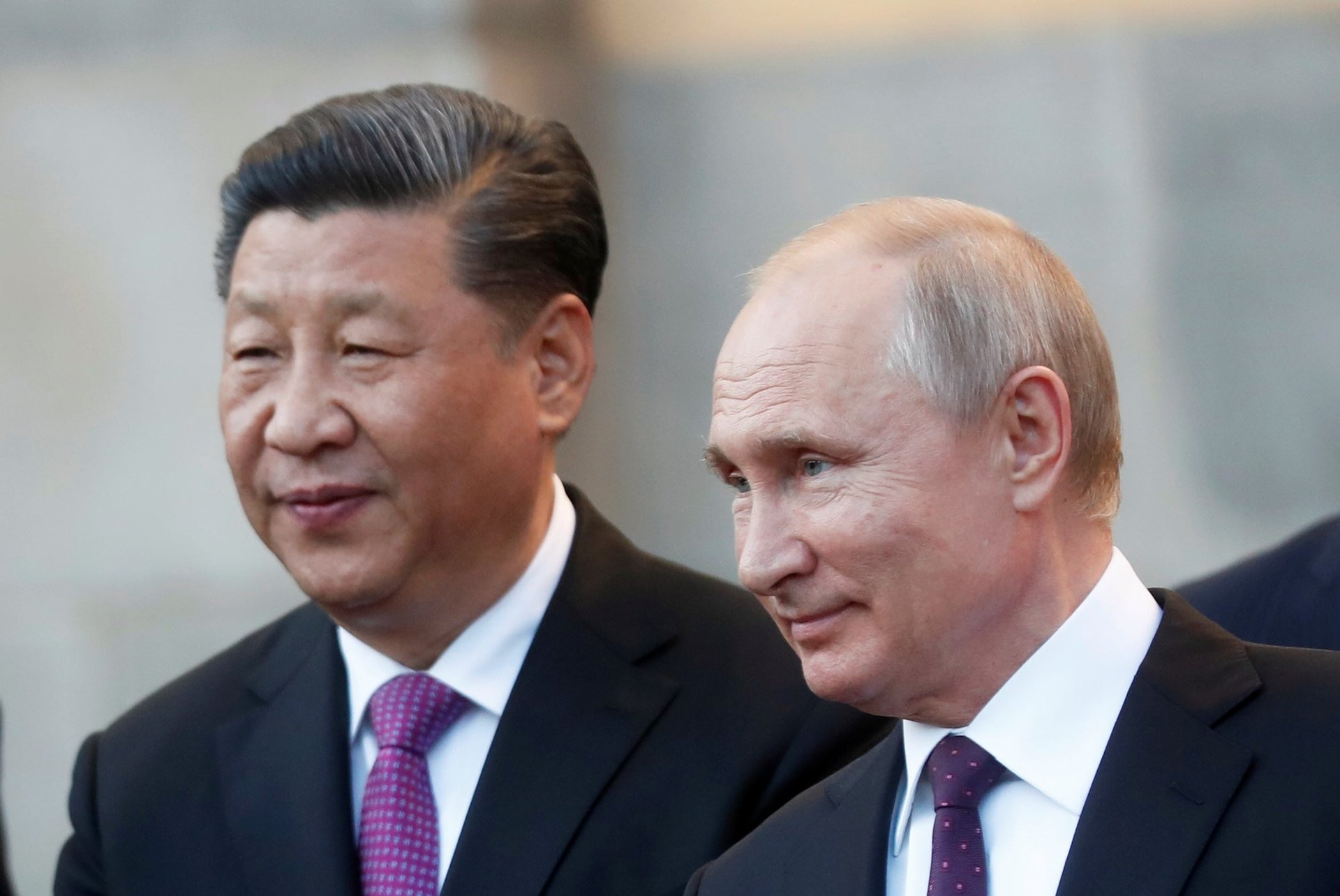The rich keep getting richer in China and Russia
The BRICS countries now represent a bigger share of global GDP than the G7

The bloc of non-G7 nations known as the BRICS now has a total investable wealth of $45 trillion, and its population of millionaires will skyrocket in the coming years. This alliance’s economic power has been bolstered by the addition of new oil-rich members: Egypt, Ethiopia, Iran, Saudi Arabia, and the United Arab Emirates (UAE).
Suggested Reading
The group’s name derives from an acronym of its founding members, Brazil, Russia, India, China, and South Africa.
Related Content
Collectively, the BRICS now represent nearly 36% of global GDP when adjusted for purchasing power parity, versus the G7’s 30%. That’s according to a new report by Henley & Partners, a firm that specializes in helping clients gain residence and citizenship through investment.
These 10 countries also share a total of 1.69 million millionaires, some 4,000 centi-millionaires, and 549 billionaires, according to the report. By comparison, the US is the nation with the highest number of millionaires, at 22 million.
Henley & Partners forecasts that the BRICS’ millionaire population could grow by 85% over the next decade.
China leads the way
Among those nations, China is home to the most millionaires, at 862,400, including 2,352 centi-millionaires and 305 billionaires. During the past 10 years, the country’s private wealth grew 92%. Henley & Partners estimates that China’s per capita wealth could swell by 85% in the next decade.
India takes second place, with 326,400 millionaires. The UAE finishes third, with 116,500.
By contrast, Russia has seen private wealth decline 24% since 2013, but the report projects that its per capita wealth will make up that loss in the next decade. Supporting this forecast, the International Monetary Fund recently updated its outlook for Russian GDP growth in 2024 to 2.6%, from 1.1% in October, partly thanks to high military spending on its war with Ukraine.